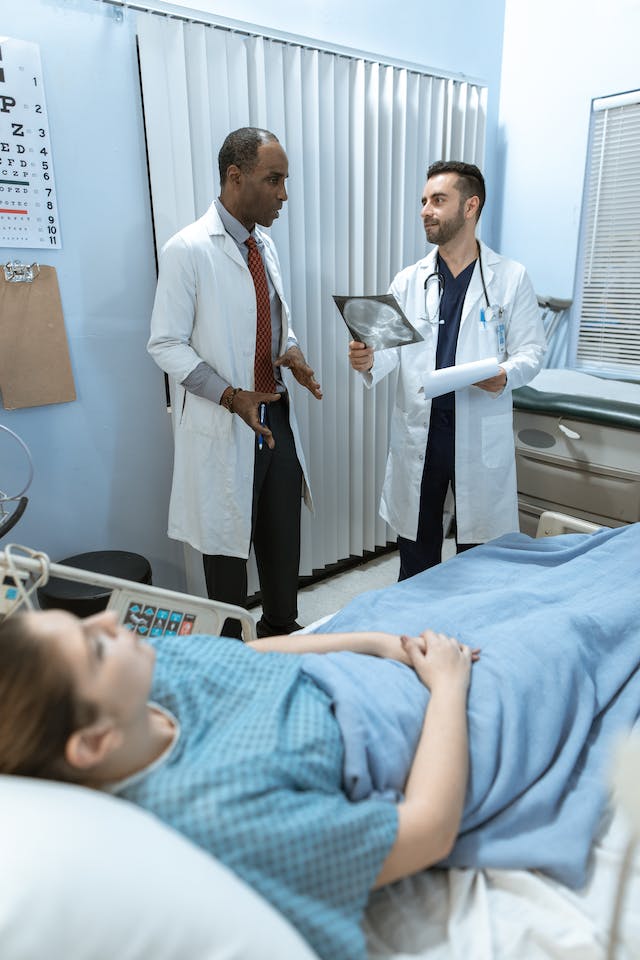In today’s rapidly evolving healthcare landscape, the prominence and necessity of teleradiology have surged to the forefront. With advancements in technology and the growing demand for efficient, timely, and accurate diagnostic services, especially in light of staffing shortages, teleradiology has emerged as a pivotal solution. Teleradiology not only addresses the increasing demand for imaging interpretations but also bridges geographical gaps, enabling swift access to specialized radiologists regardless of location. Its rising popularity stems from its ability to enhance healthcare delivery by offering remote interpretations, thereby improving patient outcomes and streamlining diagnostic processes in a progressively interconnected world.
Teleradiology operates by leveraging digital communication technologies to transmit medical images, such as X-rays, MRIs, CT scans, and ultrasounds, from one location to another for interpretation and diagnosis.
Here’s a breakdown of how teleradiology works in real time:
Image Capture: Medical images are taken at a healthcare facility using specialized imaging equipment, creating digital files.
Image Transmission: These digital images are securely transmitted over networks, often utilizing Picture Archiving and Communication Systems (PACS) or secure internet connections.
Remote Interpretation: Radiologists, often located at a different site or working remotely, receive these images. They access the images through specialized software, review them in real time, and provide interpretations, diagnoses, and reports.
Consultation and Reporting: Upon reviewing the images, radiologists generate detailed reports containing their findings, interpretations, and recommendations. They may also engage in consultations with healthcare providers or specialists as needed.
Communication: The reports and findings are transmitted back to the referring healthcare facility, where they become part of the patient’s medical record. This allows for prompt decision-making and treatment planning by the attending physicians.

Quality Control: Teleradiology services often have quality assurance measures in place to ensure accurate and timely interpretations, adhering to industry standards and protocols.
Throughout this process, encryption and secure transmission protocols are employed to safeguard patient data and comply with healthcare privacy regulations (such as HIPAA in the United States). The real-time nature of teleradiology facilitates quicker diagnoses, especially in emergency situations, and enables access to specialized expertise irrespective of geographical barriers.
Top Teleradiology Company: Vesta is Here for You 24/7/365
Vesta is here to be your supporting partner in radiology, even for subspecialties. We offer fast turnaround for both STAT and Routine studies. Your staff is important–they don’t always work around the clock and shouldn’t have to. With our teleradiology services, you can allow your staff a better work-life balance while we fill in those gaps whether it’s during night hours, weekends, holidays.
Sources:
Acr.org
openai.com
